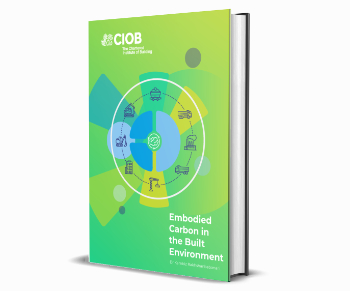Limited Liability Partnership LLP
Contents |
[edit] Introduction
It is important that businesses have a formal structure that defines their legal responsibilities. Traditionally, this has included business structures such as; sole trader, limited company, partnership, and so on. The limited liability partnership (LLP) is a relatively recent business structure which combines elements of the traditional partnership with those of limited companies.
A limited liability partnership can be set up between 2 or more individuals and each member can be a person or a company. Members of LLPs carry joint, but not several liability for the actions of the LLP, and so a member cannot lose more than they have invested, unless fraud or some other form of wrongdoing is proven.
LLPs are most commonly found in the accountancy and legal professions but they are increasingly used as vehicles for property investment and, in that context, are particularly useful where member investors may have very differing tax positions to consider; a situation which can be assisted by the simple tax transparency which LLPs provide.
[edit] Profits and taxation
In a limited liability partnership, the businesses’ profits are divided between the partners. From a tax perspective LLPs are treated in the same way as traditional partnerships in that income is taxed in the year that it is apportioned to the members. Members are therefore effectively treated as self-employed in so far as tax is concerned.
Unlike traditional partnerships, LLPs are obliged to file accounts and other documents at Companies House in much the same way that applies to companies so, to that extent, elements of their affairs are visible on the public record.
[edit] Setting up
In order to set up a limited liability partnership, the following is required:
- A name.
- Two or more designated members.
- A registered address.
- A limited liability partnership agreement which states how the business will be run.
- Registration of the company with Companies House.
It is possible to register the partnership by post, through approved software or through an agent.
Usually a LLP is governed according to a LLP Agreement which is similar to a company’s memorandum and articles, setting out the responsibilities for the partners and the profit share. LLPs are highly flexible entities and the terms of agreement may include the following details:
- Profit share agreement between members.
- Responsibilities for agreeing decisions.
- Responsibilities for individual members’.
- The procedure for members leaving or joining the partnership.
[edit] Responsibilities of the members
All partnerships require at least two designated members who will have responsibilities for activities within the company; for example, maintaining the company accounts. It is possible to have any number of ordinary members.
All members must undertake their duties and meet any legal responsibilities as detailed in the limited liability partnership agreement.
The designated members have more roles and responsibilities than the ordinary members, which may include:
- Registering the partnership for self-assessment with HMRC.
- Registering the partnership for VAT (if sales are anticipated to exceed the VAT threshold).
- Appointing an auditor.
- Maintaining accounting records.
- Preparing, signing and sending annual accounts and other documentation to Companies House.
- Notifying Companies House of any changes to the partnership.
- Acting on behalf of the partnership if it is closed and dissolved.
This article was created by--Martinc 15:35, 2 April 2015 (BST)
[edit] Related articles on Designing Buildings Wiki
- Business model.
- Company acquisitions in construction.
- Construction industry institutes and associations.
- Construction organisation design.
- Construction organisations and strategy.
- IR35.
- Joint venture.
- Limited company.
- Partnering and joint ventures.
- Partnership.
- Personal service company.
- Sole trader.
- Special purpose vehicles.
- VAT.
[edit] External references
Featured articles and news
Competence framework for sustainability
In the built environment launched by CIC and the Edge.
Institute of Roofing members welcomed into CIOB
IoR members transition to CIOB membership based on individual expertise and qualifications.
Join the Building Safety Linkedin group to stay up-to-date and join the debate.
Government responds to the final Grenfell Inquiry report
A with a brief summary with reactions to their response.
A brief description and background to this new February law.
Everything you need to know about building conservation and the historic environment.
NFCC publishes Industry White Paper on Remediation
Calling for a coordinated approach and cross-departmental Construction Skills Strategy to manage workforce development.
'who blames whom and for what, and there are three reasons for doing that: legal , cultural and moral"
How the Home Energy Model will be different from SAP
Comparing different building energy models.
Mapping approaches for standardisation.
UK Construction contract spending up at the start of 2025
New construction orders increase by 69 percent on December.
Preparing for the future: how specifiers can lead the way
As the construction industry prepares for the updated home and building efficiency standards.
Embodied Carbon in the Built Environment
A practical guide for built environment professionals.
Updating the minimum energy efficiency standards
Background and key points to the current consultation.
Heritage building skills and live-site training.
Shortage of high-quality data threatening the AI boom
And other fundamental issues highlighted by the Open Data Institute.
Data centres top the list of growth opportunities
In robust, yet heterogenous world BACS market.
Increased funding for BSR announced
Within plans for next generation of new towns.

























